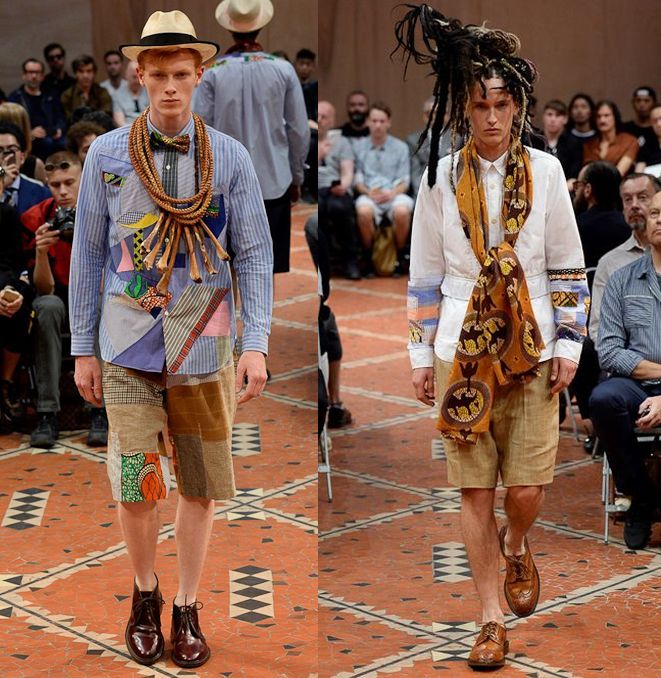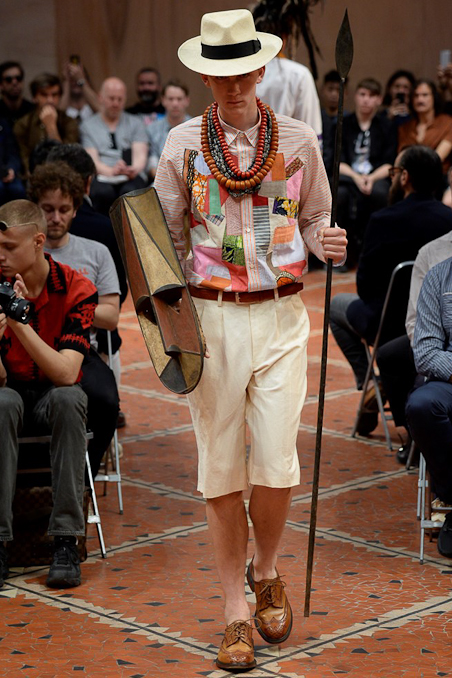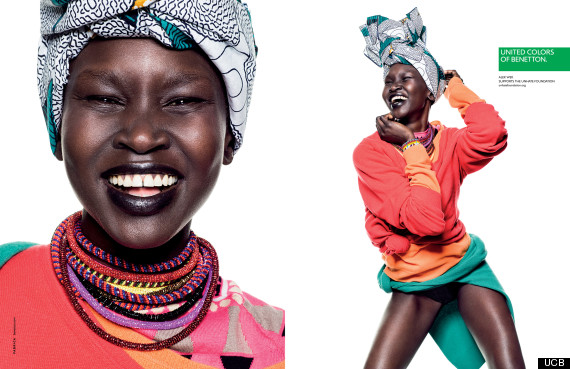Your cart is currently empty!

Cultural Appreciation vs Appropriation
When Cultural Appreciation Becomes Cultural Appropriation by Tanya Sotillo

There has been much talk about cultural appropriation from Victoria Secret Models to Iggy Azalea to Rachel Dolezel.
People of color are constantly having to set boundaries about how the culture can be used. What’s worse, it has become commonplace to see millions being made from the misappropriation of elements of our culture by outsiders. A new example is Japanese designer Junya Watanabe, who recently showed his men’s collection in Paris. The collection featured Dutch wax fabrics and Masai – style layered necklaces. The models even wore faux dreads, held wooden masks and zulu spears. The shocker was that all the models casted were white.
Now, some may say its art or it’s his way of paying homage. While others may say his designs stem from his love of the culture. WWD stated, “Some might see the Masai necklaces, wooden masks and metal spears as overkill, and insensitive to the darker side of colonialism. Yet the beauty of Watanabe’s pattern mixes and the placement of the scraps — along with the jauntiness of his summer tailoring in rumpled, sun-faded fabrics — delivered a powerful tropical punch.” However, the conversation lies much deeper and falls into the framework of continued cultural appropriation.
Cultural appropriation by definition is the adoption of elements of one culture by members of a different cultural group, especially if the adoption is of an oppressed people’s cultural elements by members of the dominant culture. Many elements of African, African American and Native American culture have all been adopted by others in a manner that seems oblivious to the feelings of the people of these cultures. These old world cultures have had to fight for freedom from oppression and now they have to fight for these same marauders to respect their culture. Junya Watanabe is one of many designers who have adopted African fabrics and jewelry into their designs. Usage of the culture is one thing but to then utilize only white models with faux dreads and spears to show the collection is where cultural sensitivity and global consciousness is lost.

First, no one looks more authentic in African fabrics than models of color. Why? As Sidney Poitier said in the famed movie, Guess who’s Coming To Dinner, “You can do the Watusi but WE ARE THE WATUSI!” The fabric is unique to the African culture and its people. It is that vibrant, eye-catching print that is worn in parts of Africa, namely, Nigeria, Togo, Ghana and several other countries. To embrace the products of the culture, and not the people of the culture, is a slap in the face. Does that mean that if you embrace African culture you have to use models of color? Not necessarily. However, it would be more acceptable to see a nice mix of models and we can definitely do without the faux dreads. I also agree with WWD that the spears and masks are overkill and were unnecessary. It’s all about putting some thoughtfulness into the creative process.

Honestly, we need not have to talk anymore about cultural appropriation. We are not ignorant to why this matter is an issue. It behooves us to act and take a stand. As many designers have taken a more globally conscious stance, If you are going to appropriate someone else’s culture then do it for the betterment of the fashion industry and for the people of said culture. Renowned designer, Donna Karan, started a collection called Urban Zen. She states on her website, “I have spent decades dressing people. Now I want to address them”. She takes inspiration from different cultures and gives back to them. Do we all have to operate this way? Maybe not, but, if Donna Karan can embrace culture without offending the people of that culture, then I don’t think it is far reaching to hope that all designers would give some thought to how they appreciate they beauty of other cultures.
by